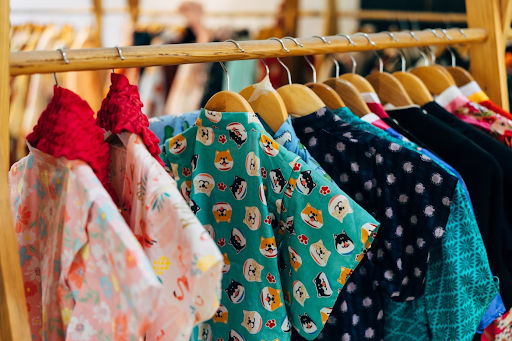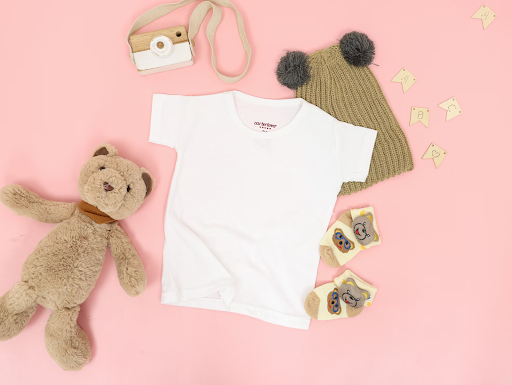Shopping for toddler clothing can be quite overwhelming, especially when it comes to choosing the right material. Softness, durability, breathability, and a host of other factors need to be considered to ensure your child is comfortable and safe. But don’t worry! This guide is here to make your shopping experience easier by providing you with the information you need to make the best decisions. Whether you are a new parent or a seasoned one, this guide is for you.
Table of Contents
Materials to Consider
Cotton
Cotton is the most popular fabric used for toddler clothing because it is soft, durable, and breathable. It is hypoallergenic, which makes it perfect for children with sensitive skin. Organic cotton is even better because it is grown without harmful pesticides or chemicals. Cotton toddler clothing that you can find on The Trendy Toddlers online store is also quite easy to care for, so it’s the best choice for every need.
Polyester
Polyester is a synthetic fabric that is commonly used for toddler clothing because it is low-maintenance and wrinkle-resistant. While it may not be as breathable as cotton, it is more durable and resistant to staining. Polyester clothes are great as an outer layer; for example, you can choose polyester cardigans or sweaters with a natural material between them and the skin. However, polyester clothing should be washed in cool water to prevent shrinkage.
Bamboo
Bamboo fabric is a relatively new addition to the toddler clothing market. It is soft, durable, and breathable, making it perfect for hot summer days. Bamboo fabric is also hypoallergenic and naturally antimicrobial, which means it helps to prevent the growth of bacteria and fungi. However, bamboo clothing can be expensive.
Wool
Wool is a natural fabric that is warm, soft, and breathable. It is perfect for keeping your child warm during the colder months. Wool is also naturally flame-resistant, making it a safe material for toddler clothing. However, it can be itchy and needs to be washed in cool water to keep its shape.
Silk
Silk is a soft, comfortable, and breathable fabric that is perfect for fancy occasions. It is hypoallergenic and gentle on a toddler’s sensitive skin. However, silk can be expensive, and it requires special care when washing.

Materials to Avoid
Flame-retardants
One of the most dangerous materials found in toddler clothing is flame retardants. While they may seem like a good thing, these chemicals have been linked to numerous health risks, such as cancer, developmental delays, and hormonal imbalances. They’re also incredibly persistent, meaning that they can stay in the environment long after they’ve been discarded. To protect your child’s health, avoid clothing with flame retardants altogether.
Acrylic
Acrylic is another synthetic material that should be avoided in toddler clothing. It is not breathable and can irritate the skin. In addition, it’s highly flammable, which poses a risk to your child’s safety. Acrylic is often found in cheaper clothing options, but it’s worth investing in more natural fiber options to protect your child’s health and safety.
Rayon
Rayon is frequently marketed as a natural fiber, but it’s actually made from wood pulp that’s been chemically processed. This means that it’s not a truly natural material, and it can irritate your child’s skin. It’s also highly flammable, which is another cause for concern. While it’s often used in summer clothing options because it’s lightweight, it’s best to avoid rayon altogether.
Nylon
Nylon is another synthetic material that should be avoided in toddler clothing. It’s highly flammable and not breathable, which means that your child is more likely to overheat and develop skin rashes. It’s typically found in winter clothing options, like jackets and snowsuits, but it’s worth investing in safer, more natural fiber options instead.
Screen-Printed Designs
Screen-printed designs on clothing may contain harmful chemicals such as lead, phthalates, and cadmium, which can be absorbed through the skin and cause health problems. It’s best to opt for clothing with natural dyes or no screen-printed designs at all.
Conclusion
As you can see, there are many materials available for toddler clothing, each with its own set of pros and cons. When shopping for clothing for your toddler, keep in mind factors like the weather, the occasion, and your child’s skin sensitivity. By considering these factors, you will be able to choose the perfect material to keep your child comfortable and safe. Remember, always read the labels on clothing items to ensure they meet your standards for quality and safety.





